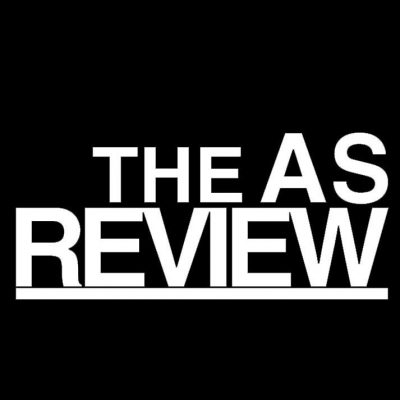By Julia Berkman
If you’re reading this in print, Whatcom County ballots are due tomorrow! If you’re reading this online, you’re too late (Drake, am I right boys??). If you’re looking to get more informed about your vote, the hot-button issue this time around (besides a certain Freddy Kreuger look-alike candi- date) is the proposed jail tax.
Whatcom County is split on the jail tax proposal: some against it because of their distaste for max incarceration, oth- ers for it because of the reform it o ers. Junior Ignacio Perez, who is campaigning against the tax for the Whatcom County Democrats, is against the jail tax for a number of reasons.
“The current facility is a risk to both sta and inmates, and the lack of space to separate inmates and provide treatment is inhumane. No amount of remodeling of our existing jail will provide enough space for programs, recreation and opportunities to our incarcerated population,” said Bellingham Mayor Kelli Linville in an Op-Ed published in the Bellingham Herald on Oct. 31.
Perez does agree. He, along with the rest of Whatcom County Democrats (WCD), believe renovations to the jail are needed. However, he thinks building a larger jail is unnecessary.
“A lot of people are concerned about the quality and safety of the current jail, which is a valid concern, but this tax isn’t the right solution. It doesn’t make sense to build a super jail when 60
percent of the people in our jail haven’t been convicted yet and only few of them are violent offenders,” Perez said.
Crime in Whatcom County has steadily declined in the past decade, according to an infographic being disseminated by WCD. Linville’s op-ed in the Herald is all positive- more space for rehabilitation and activities, better care, more privacy. All basic human needs covered.
What Linville and other supporters of the jail tax fail to mention is the extreme amount of strain this tax would put on other public programs.
“Conservative estimates put [the price of the new jail] at $203 million, but Cascadia Weekly uses $206 million. at’s a lot of money in taxes and the fact that it maxes out the increase on the public spending safety tax means that if we need more funding for EMS, police, rehab or mental health [programs] over the next 30 years, we won’t be able to do it because we’ve maxed out the increase,” Perez said. is means that public funding for safety programs could be cut, at least until the debt from building the jail is payed off.
The debt might not be payed off for a long time. WCD estimates that, based on the cost per bed, this new jail would be one of the most expensive jails ever built in the U.S. This isn’t even the first time a jail tax has been proposed. In 2004, $31.7 million was collected after a tax passed, yet none of the money went to either building a new jail or renovating the current one. Mayor Linville’s op-ed addressed the efforts being done to allocate funds, but it’s a struggle to know where to start.
“We have a bunch of poor people who are just stuck in this jail taking up space and most of them are just drug offenders. If you really want to crack down on drug use and abuse you want to try to target the dealers who are distributing, but the reality is the dealers can afford bail and afford good lawyers and don’t end up facing the same prosecution that users do,” Perez said.
Perez suggested that offenders who commit “illegal crimes, but not crimes against humanity” should be placed in facilities that would actually restore their quality of life. Mayor Linville acknowledges the value of reformative justice.
“Both the County and the City of Bellingham have been investing in alternatives to jail for years, and are committed to increasing those investments in incarceration prevention to both treat people more humanely and drive down the costs to our taxpayers. But these incarceration prevention efforts do not negate the need for a new jail facility,” Linville said in her op-ed.
Linville also touched on locking up violent offenders.
“Our criminal justice system is designed with both punitive and restorative elements, and while we need to provide the option of rehabilitation to those who commit crimes, our community also expects that we will keep violent or dangerous people off our streets,” she wrote.
Incarceration rates have gone up in Whatcom County- ninefold between 1970 and 2014, according to WCD. However, violent crime rates have actually decreased over the past two decades.
“We should be focusing our incarceration system more on trying to put people in a situation where they don’t cycle through the prison system. Once you get into jail you’re more likely to go to jail again in the future, just because of the way our prison system is set up,” Perez said.
“Building the new mega-jail isn’t going to really change student life, but it will affect the community and students have the power to swing the vote in a positive direction.”


But here is the reality, very few taxpayers go to jail for tax evasion. In 2015, the IRS indicted only. The process of jail site evaluation and selection is critical matter of expansion of an existing facility a complex set of task.